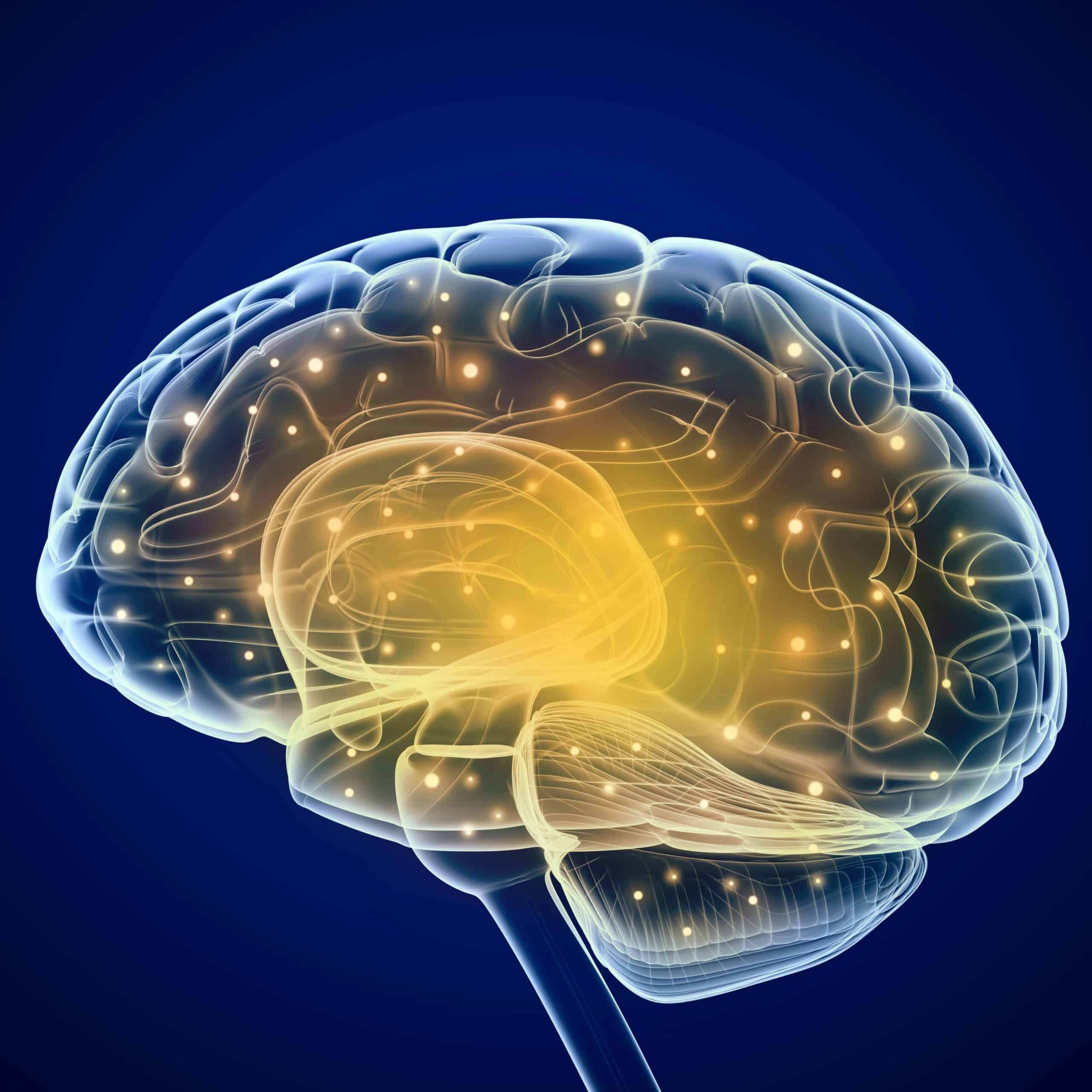This newly developed non-invasive method could potentially be used for any diagnosis based on metabolic and cardiovascular related diseases of the brain. Oscillations in the cerebrospinal fluid which lies between the skull and scalp were deciphered by researchers at Lancaster University and Medical University of Gdansk. Translucent fluids recordings in healthy subjects were conducted at the University of Regina and Medical University of Gdansk using a non-invasive device for the recordings of the translucent fluid which was developed by researchers at the Technical University of Gdansk.
Researchers at Lancaster University developed methods that were used to show that circulation throughout the brain of the translucent fluid is highly fluctuating, it was observed that these fluctuations are slow and interconnected by rhythms of the heart rate and breathing. It was found that some of the oscillations are linked to blood pressure but are typically slower occurring at lower frequencies, and have been shown to be related to oscillations in blood oxygenation and vascular motion in previous studies.
Researchers noted evidence from preliminary results of a decline in coherence between oscillations in participants over the age of 25, which is an indication that brain aging may begin at an earlier age than previously expected.
Combining noninvasive techniques to record fluctuations corresponding to cerebrospinal fluids the new methods were used to analyse oscillations that are not clock like and vary in time around natural values the researchers studied aging and changes due to various neurodegenerative brain aging suggesting that it may begin earlier than expected says Professor Aneta Stefanovska.




